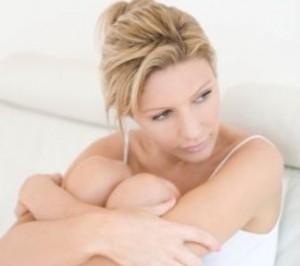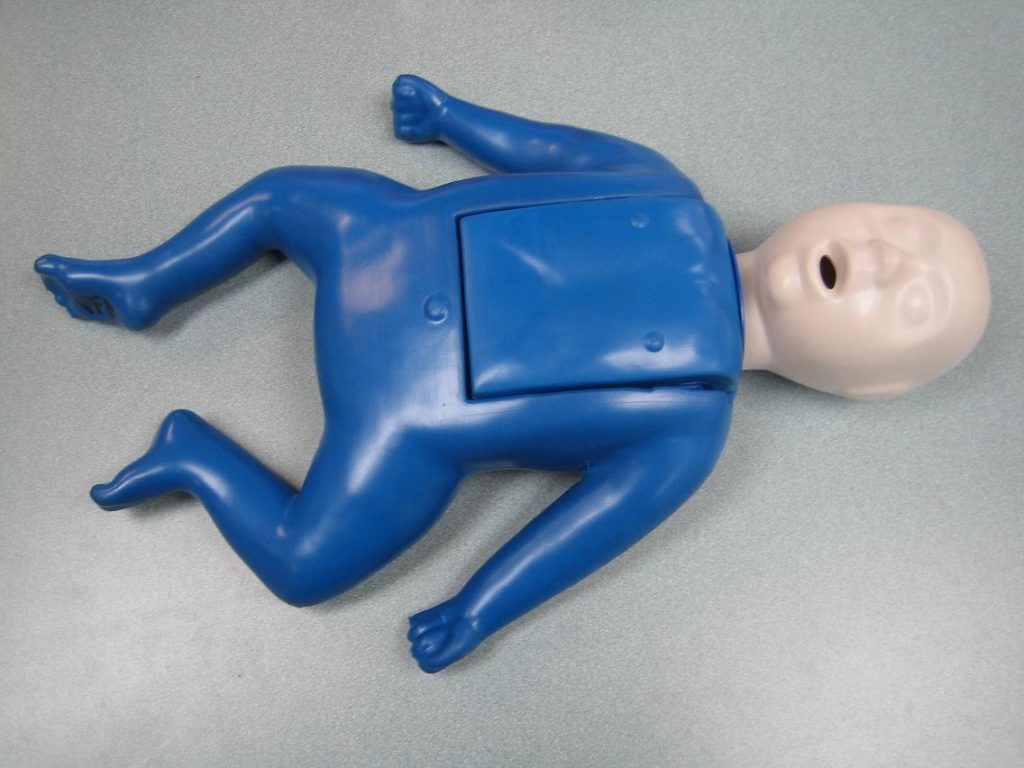Uterine fibroids are lumps growing on the uterus. Generally, the fibroids can be on the inside, or on the outside or in the wall of the uterus. Furthermore, this condition is common in women in their 30s and 40s.
https://www.youtube.com/watch?v=xATLRQNxyhI
Types of fibroids
- Subserosal fibroids affect 50% of the outer area of the uterus and rarely affect fertility.
- Intramural fibroids develop within the muscles of the uterus, without indentation of the uterine cavity.
- Submucosal fibroids develops within the uterine cavity, and affects pregnancy
Causes of uterine fibroids
Due to the female hormones, the estrogen and progesterone that makes them grow. Generally, the body has the highest levels of these hormones during the years of having menstrual periods and the hormones becomes reduced after a woman stops having periods such as menopause. The fibroids will shrink and stop causing symptoms.
Symptoms

- At first, severe menstrual bleeding with blood clots.
- Weight on the rectum and cause constipation.
- Pressure on the bladder that result to frequent urination and an urge to urinate and sometimes there is difficulty in urinating.
- Feeling of fullness in the lower abdomen or lower abdominal pain
- Infertility, or inability to become pregnant
- Increase in size around the waist and changes in abdominal curve
- Lastly, lower back pain
Treatment
- Take the prescribed anti-inflammatory medications such as ibuprofen to lessen the pain and relieve of the menstrual cramps.
- Apply an ice pack on the abdomen or back for at least 20 minutes at a time to lessen the muscle cramps, heavy bleeding and the pain.
- The doctor prescribes iron supplement to lessen the risk of developing anemia. Generally, take vitamin C regularly to help the body absorb excess iron which results to excessive menstrual bleeding.
- Take the prescribed oral contraceptive pills to lessen menstrual flow and lessen the pelvic pain.
- Apply heat on the lower abdomen to increase flow of blood and lessen the pelvic pain. In addition, heat can be in the form of a heating pad or hot water bottle. Wrap whatever heat therapy is used using a towel or cloth before placing to the area to prevent burn and worsen the condition. Another alternative is taking a warm bath is good for the condition.
- When lying down elevate the legs by putting couple of pillows under the knees to lessen the pain. Lie on the side and bring the knees up to the chest to relieve the pressure on the back.
- Perform exercises regularly for proper flow of blood and lessen the pain.
Tips
- Increase the amount of iron in the diet to prevent anemia.
- Maintain a normal body weight, avoid being overweight to prevent the risk of developing uterine fibroids.
- Quit smoking.
FACT CHECK
https://www.webmd.com/women/uterine-fibroids/default.htm
https://www.medicinenet.com/uterine_fibroids/article.htm
https://www.mayoclinic.org/diseases-conditions/uterine-fibroids/symptoms-causes/syc-20354288
